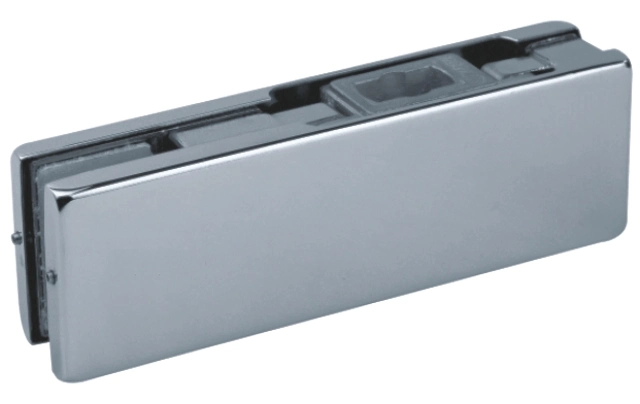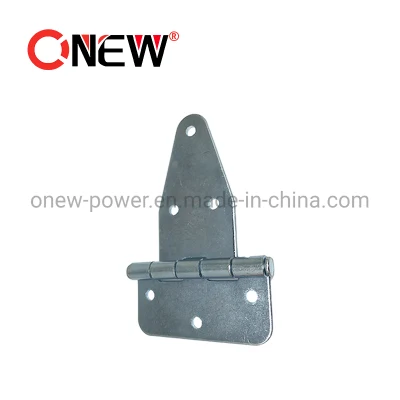- Overview
- Product Description
- Detailed Photos
- Product recommendations
Basic Info.
Model NO.
2
Type
Embedded
Installation Type
Standard
Function
Stop, Fixed, Adjustable
Standard
European Standard
Remote Control
Without Remote Control
Door Width
950mm
Door Weight
85~120Kg
Usage
Market, Home, Hotel, Office, Hospital, School
Color
Black
Transport Package
Carton
Specification
SS304
Origin
China
HS Code
8302410000
Production Capacity
600000
Packaging & Delivery
Package Size
30.00cm * 25.00cm * 20.00cm
Package Gross Weight
5.000kg
Product Description
Heavy Duty Hydraulic Floor Spring for Glass Doors with Smooth Closing
Floor springs and door closers are essential hardware components for modern doors, providing reliable closing control and smooth operation for commercial, institutional, and high-end residential buildings. These devices serve different functions but share some common features and design considerations.
A floor spring, also known as a floor hinge or floor pivot, is a hydraulic or mechanical device mounted in the floor beneath the door and connected to its bottom rail or frame. It creates a pivot point that allows the door to swing open and closed smoothly, while providing a self-closing and latching action. Floor springs can be concealed or visible, depending on the aesthetic preference and architectural constraints. They often have adjustable closing speed and power settings, as well as backcheck and hold-open options.
In contrast, a door closer is typically installed on the top surface of the door or the jamb, and operates by means of a spring-loaded arm or slide rail. It exerts a force to pull the door towards the frame, ensuring that it closes completely and latches securely. Door closers can be surface-mounted or concealed, with a variety of finishes and accessories available. They too may have adjustable speed and power settings, as well as backcheck and delayed closing features.
Both floor springs and door closers require careful planning and installation to work properly and meet building codes and standards. Factors to consider include the weight and size of the door, the frequency and intensity of usage, the degree of accessibility and safety needed, the type of locking mechanism used, and the environmental conditions such as temperature, humidity, and wind pressure. Improper selection or installation may result in malfunction, noise, damage, or injury.
To choose the right floor spring or door closer for your project, you need to consult with a qualified supplier or installer who knows the product range and specifications, and can provide guidance on the best option based on your requirements and budget. They can also help you with testing, maintenance, and repair, to ensure that your doors function smoothly and reliably throughout their lifespan.
In conclusion, floor springs and door closers are essential for modern doors in various settings, as they provide convenience, security, and accessibility for users. By understanding their functions and features, and choosing the right products and services, you can enhance the performance and aesthetics of your building while meeting the highest standards of quality and safety.















Possible article:
Floor springs and door closers are essential hardware components for modern doors, providing reliable closing control and smooth operation for commercial, institutional, and high-end residential buildings. These devices serve different functions but share some common features and design considerations.
A floor spring, also known as a floor hinge or floor pivot, is a hydraulic or mechanical device mounted in the floor beneath the door and connected to its bottom rail or frame. It creates a pivot point that allows the door to swing open and closed smoothly, while providing a self-closing and latching action. Floor springs can be concealed or visible, depending on the aesthetic preference and architectural constraints. They often have adjustable closing speed and power settings, as well as backcheck and hold-open options.
In contrast, a door closer is typically installed on the top surface of the door or the jamb, and operates by means of a spring-loaded arm or slide rail. It exerts a force to pull the door towards the frame, ensuring that it closes completely and latches securely. Door closers can be surface-mounted or concealed, with a variety of finishes and accessories available. They too may have adjustable speed and power settings, as well as backcheck and delayed closing features.
Both floor springs and door closers require careful planning and installation to work properly and meet building codes and standards. Factors to consider include the weight and size of the door, the frequency and intensity of usage, the degree of accessibility and safety needed, the type of locking mechanism used, and the environmental conditions such as temperature, humidity, and wind pressure. Improper selection or installation may result in malfunction, noise, damage, or injury.
To choose the right floor spring or door closer for your project, you need to consult with a qualified supplier or installer who knows the product range and specifications, and can provide guidance on the best option based on your requirements and budget. They can also help you with testing, maintenance, and repair, to ensure that your doors function smoothly and reliably throughout their lifespan.
In conclusion, floor springs and door closers are essential for modern doors in various settings, as they provide convenience, security, and accessibility for users. By understanding their functions and features, and choosing the right products and services, you can enhance the performance and aesthetics of your building while meeting the highest standards of quality and safety.









For more recommended products please click:https://fsbrian.en.made-in-china.com





















